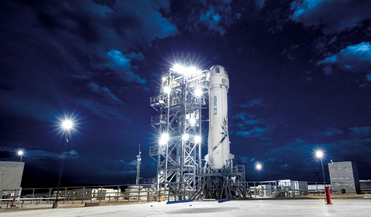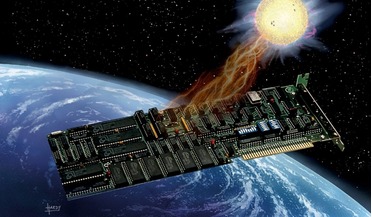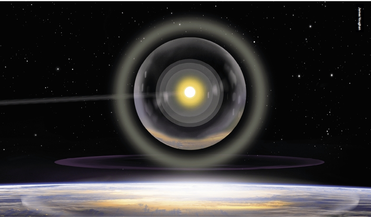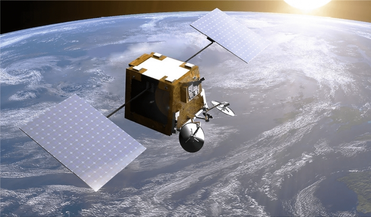 April 2018
Future Cubesat swarms pose significant communications challenges
April 2018
Future Cubesat swarms pose significant communications challenges
... R. Radhakrishnan, W. W. Edmonson, F. Afghah, R. M. Rodriguez-Osorio, F. Pinto and S. C. Burleigh. Survey of Inter-Satellite Communication for Small Satellite Systems: Physical Layer to Network Layer View; IEEE Communications Surveys & Tutorials, vol...
 July 2019
Luxembourg’s space legislation
July 2019
Luxembourg’s space legislation
... very early – in 1991 – under the Electronic Media Act. However, this law was limited to the authorisation of satellite systems and could not envisage that, 25 years later, new forms of space activity would be conducted under the...
 October 2019
Reusability is key to expanding future space launch business
October 2019
Reusability is key to expanding future space launch business
... of the distance and places where terrestrial wireless simply cannot penetrate. So there is a huge opportunity for satellite systems in the mobile broadband marketplace where growth is currently at double digit rates. The Blue Moon lander, unveiled...
 March 2021
Space weather and risk mitigation
March 2021
Space weather and risk mitigation
... is supported by the whole spectrum of existing space assets including the global navigation satellite system (GNSS), communication satellites, Earth observation systems, space probes and even CubeSats. Therefore, the operation of the whole spectrum...
 April 2021
Space wars - how they start and how to end them
April 2021
Space wars - how they start and how to end them
...and the Moon that is not routinely tracked by terrestrial space surveillance sensors Due to the global nature of satellite systems, and the difficulties in detecting and adequately assessing potential threats, conflict escalation control is of utmost...
 December 2021
The rise of the UK space economy
December 2021
The rise of the UK space economy
... our environmental impact on the planet. Government enthusiasm The development of new markets in high volume, low-cost satellite systems is extremely attractive The current UK government has retained this enthusiasm for space and is now realising its...